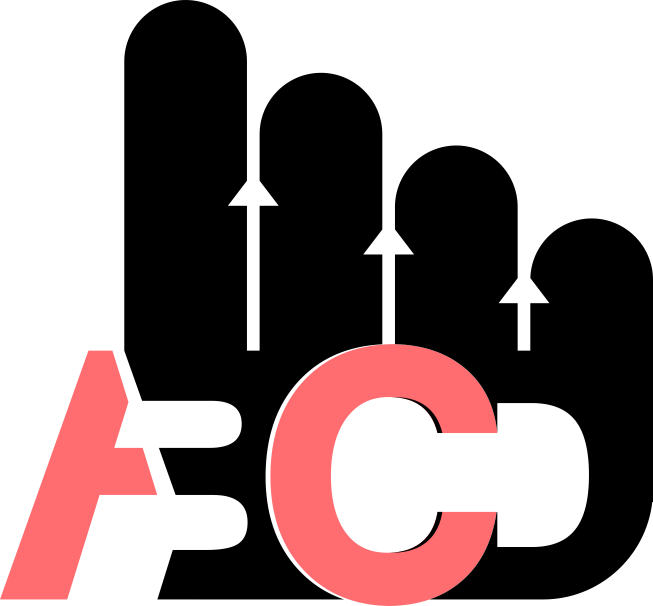A comparison between modified Kessler and modified Tsuge suture techniques in flexor tendon repair
DOI:
https://doi.org/10.56056/amj.2023.224Keywords:
Flexor tendon cut, Modified Kessler, Modified Tsuge sutureAbstract
Background and Objective: Severed digital flexor tendon needs to be repaired to restore flexion function of the finger. The aim is to evaluate tendon repair outcomes by using two different suturing techniques modified Kessler and modified Tsuge.
Patients and Methods: This is a comparative study performed in Rozhawa Emergency Hospital and Emergency Medical Center in Erbil city, Kurdistan region-Iraq between 1st of December 2019 to 1st of June 2021. The study included (33) patients of both genders who presented with acute flexor tendons laceration in fingers which their number were (44) fingers underwent digital flexor repair by using two different suture techniques modified Tsuge and modified Kessler.
Results: This study includes (30) males and (3) females, patients with digital flexor tendon cut the age ranged from 18 years to 58 years, mean age was 30.1 ± (10.5) years SD. The majority of the injuries (90.9%) were in zone 2, and the right hand was injured in 56.8% of the total injuries. The most common injured fingers were the ring (25%) and the little finger (25%). The Flexor digitorum profundus was the most common (79.5%) injured tendon. The proportion of the patients who were satisfied with the operation's outcome is 60.6%.
Conclusions: Tendon repair by using modified Tsuge 4 strands suture technique showed significant strength and less complication rate.
Downloads
References
Chen J, Wang K, Katirai F, Chen Z. A new modified Tsuge suture for flexor tendon repairs the biomechanical analysis and clinical application. J Orthop Surg Res. 2014;9(1):1-7.
Dawood AA. Repair of flexor tendon injuries by four strands cruciate technique versus two strands kessler technique. J Clin Orthop Trauma. 2020;11(4):646-9.
Rawson S, Cartmell S, Wong J. Suture techniques for tendon repair; a comparative review. Muscles ligaments Tendons J. 2013; 3(3):220.
Kanchanathepsak T, Wairojanakul W, Suppaphol S, Watcharananan I, Tuntiyatorn P, Tawonsawatruk T. Evaluation of biomechanical properties on partial and complete epitendinous suture in human cadaver flexor tendon repair. J Orthop Surg Res. 2021;16(1):1-6.
Renner C, Corella F, Fischer N. Biomechanical Evaluation of 4-Strand Flexor Tendon Repair Techniques, Including a Combined Kessler–Tsuge Approach. J Hand Surg. 2015;40(2):229-35.
Savage R. The search for the ideal tendon repair in zone 2: strand number, anchor points, and suture thickness. J Hand Surg Eur Vol .2014;39(1):20-9.
Low TH, Ahmad TS, Ng ES. Simplifying four-strand flexor tendon repair using double-stranded suture: a comparative ex vivo study on tensile strength and bulking. J Hand Surg Eur Vol.2012;37(2):101-8.
Jordan MC, Schmitt V, Jansen H, Meffert RH, Hoelscher-Doht S. Biomechanical analysis of the modified Kessler, Lahey, Adelaide, and Becker sutures for flexor tendon repair. J Hand Surg. 2015;40(9):1812-7.
De Jong JP, Nguyen JT, Sonnema AJ, Nguyen EC, Amadio PC, Moran SL. The incidence of acute traumatic tendon injuries in the hand and wrist: a 10-year population-based study. Clin Orthop surg. 2014;6(2):196-202.
Wu YF, Tang JB. Recent developments in flexor tendon repair techniques and factors influencing strength of the tendon repair. J Hand Surg Eur Vol. 2014;39(1):6-19.
Rigo IZ, Røkkum M. Predictors of outcome after primary flexor tendon repair in zone 1, 2, and 3. J Hand Surg Eur Vol. 2016;41(8):793-801.
Rudge J, James M. Flexor tendon injuries in the hand a UK survey of repair techniques and suture materials are we following the evidence? . Int Sch Res Notices.2014;2014. doi.org/10.1155/2014/687128
Fujihara Y, Ota H, Watanabe K. Utility of early active motion for flexor tendon repair with concomitant injuries: A multivariate-analysis. Injury. 2018; 49(12): 2248-51.
Hamzah SR, Fattah JH. The outcome of Flexor Tendon Repair based on the number of core suture, mechanism and zone of injury in Erbil. Zanco J Med Sci. 2018;22(1):1-7.
Naudé AB, De Klerck S. Introducing early active mobilization following flexor tendon repair in a developing country context: A feasibility study. South African J Occup Ther. 2019; 49(2):48-56.
Koehler SV, Sauerbier M, Terzis A. Rupture Rate, Functional Outcome and Patient Satisfaction after Primary Flexor Tendon Repair with the Modified 4-Strand Core Suture Technique by Tsuge and Using the Arthrex FiberLoop® with Early Motion Rehabilitation. J Clin Med. 2021;10(19):4538.
Saleh MR, Yurianto H, Halim K, Fahmi S, Putra LT. Long term follow-up of functional outcome after flexor tendon injury zone II repaired using unhas suture: A cross-sectional study. Int J Surg Open. 2021;35:100391.
Çal??kan Uçkun A, Yurdakul FG, Ergani HM, et al. Factors predicting reoperation after hand flexor tendon repair. Turkish J Trauma Emerg Surg. 2020; 26(1):115-22.
Lolah MA, Elsakka DM, Samy MA, Hanot MG. Comparative study between early mobilizations vs late mobilization after flexor tendon repair in the hand. Menoufia Med J. 2020; 33(2):683.
Lee HI, Lee JS, Kim TH, Chang SH, Park MJ, Lee GJ. Comparison of flexor tendon suture techniques including 1 using 10 strands. J Hand Surg. 2015; 40(7):1369-76.
Starnes T, Saunders RJ, Means Jr KR. Clinical outcomes of zone II flexor tendon repair depending on mechanism of injury. J Hand Surg. 2012; 37(12):2532-40.
Chang MK, Tay SC. Flexor Tendon Injuries and Repairs: A Single Centre Experience. J Hand Surg Asian Pac Vol. 2018; 23(4):487?95.
Downloads
Published
Issue
Section
License
Copyright (c) 2023 Gulstan Taimur Bakhshi, Jalal Hamasalih Fattah

This work is licensed under a Creative Commons Attribution-NonCommercial-ShareAlike 4.0 International License.
The copyright on any article published in AMJ (The Scientific Journal of Kurdistan Higher Council of Medical Specialties )is retained by the author(s) in agreement with the Creative Commons Attribution Non-Commercial ShareAlike License (CC BY-NC-SA 4.0)














